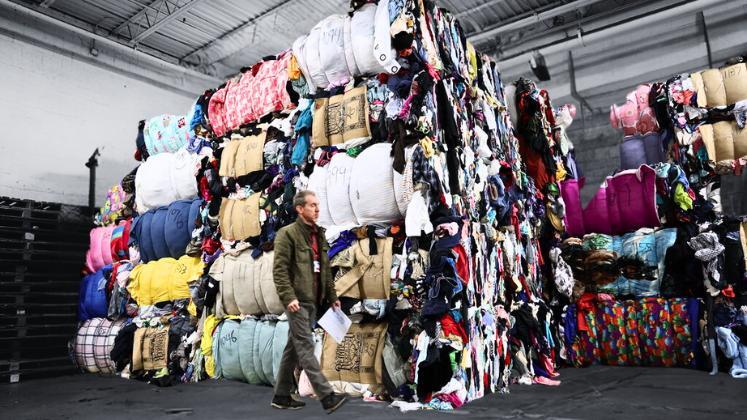
MEPs in the EU’s environment committee voted in favour of implementing a proposed modification to the Waste Framework Directive. The new guidelines will establish extended producer responsibility schemes for textiles supplied in the EU market.
By 1st January 2025, EU countries will be required to provide separate collections of textiles for reuse, preparation, and recycling.
The new guidelines apply to all textile goods, including apparel, accessories, headwear, and footwear. Items made of leather, composite leather, rubber, and plastic are also represented.
Companies that sell to EU customers will be required to fund the costs of separate textile collecting, sorting, and recycling, with the fee proportional to the cost of processing.
Clothing and footwear are expected to account for 5.2 million tonnes of garbage in the EU, which equates to 12kg of waste per person annually. Less than 1 per cent of global textiles are now recycled into new items.
EU nations must cut the average yearly waste produced in manufacturing by 20 per cent by the end of 2030, up from the previous 10 per cent aim. MEPs have encouraged the commission to explore legislation setting greater objectives for 2035 of at least 30 per cent and 50 per cent, respectively.
Rapporteur Anna Zalewska stated, “For textiles, we close gaps by integrating non-household items, carpets, and beds, as well as sales through online platforms. We also urge a textile waste reduction objective, with a focus on exported used textiles. Better infrastructure to increase separate collection should be complemented by sorting mixed municipal waste more efficiently, so that items which can be recycled are extracted before being sent to the incinerator or landfill.”
The EU Commission suggested the new textiles strategy in 2022, with the goal of making apparel more durable, repairable, and traceable from production to point of sale.
Environmental groups have previously said that the fashion and textiles industry’s most important global warming impact occurs during the manufacturing process, and they have asked for greater emphasis on the beginning of the supply chain.






